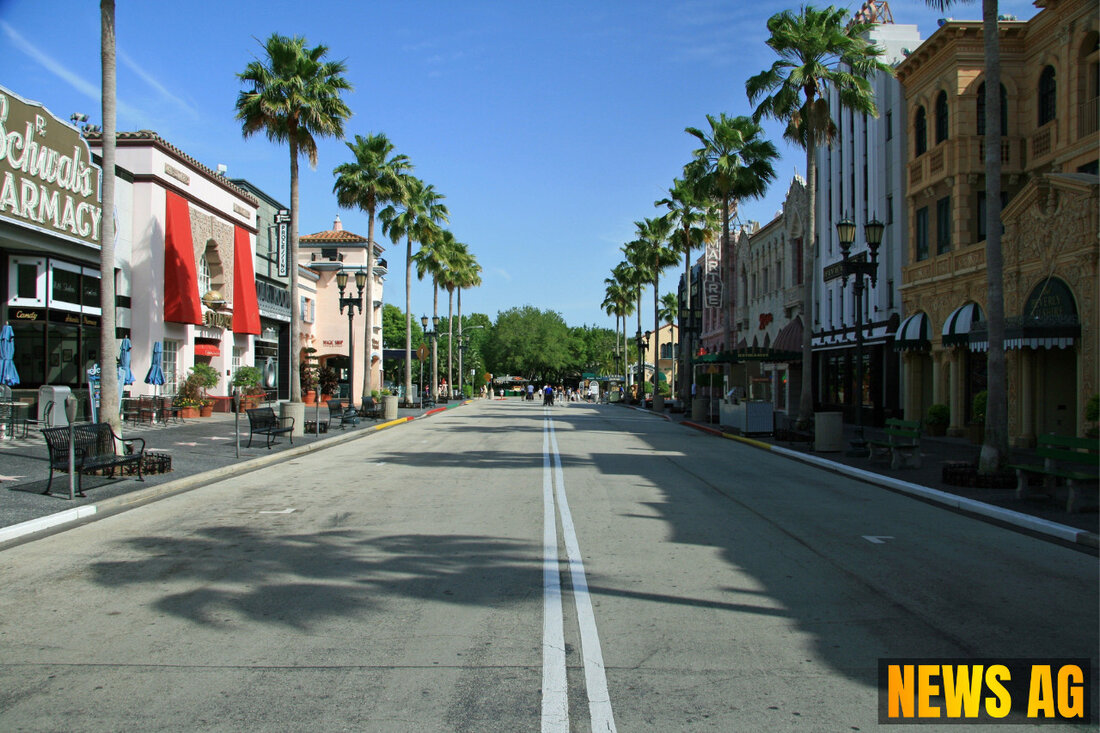NASA's Odyssey Captures Stunning View of Martian Volcano Arsia Mons

Cape Canaveral, Florida, USA - NASA’s Odyssey spacecraft is making waves once again with its recent imaging of Arsia Mons, one of the largest volcanoes on Mars. After more than 20 years in orbit, the mission has captured stunning views that offer much more than just a postcard of the Martian landscape. The images, taken last month and released this June, provide a breathtaking perspective akin to what astronauts aboard the International Space Station experience when gazing down at Earth. According to Florida Today, this is the very first instance where a Martian volcano appears on the planet’s horizon.
The Thermal Emission Imaging System (THEMIS) aboard Odyssey can capture both visible and infrared light, which plays a crucial role in identifying subsurface water ice. As it turns out, this water ice is critical for future crewed missions to Mars, serving as potential sources of drinking water, oxygen, and even fuel for exploration. Odyssey’s latest panorama reveals Arsia Mons towering nearly 12 miles high—an impressive feat considering it’s nearly double the height of Earth’s Mauna Loa.
Arsia Mons: A Closer Look
Arsia Mons is nestled in the Tharsis Montes mountain range and presents a captivating view surrounded by clouds composed of water ice, particularly visible during the morning hours. The formation of these clouds occurs as air expands and cools while rising up the mountain, creating a stunning visual display. The unique dynamics of this region also highlight the aphelion cloud belt, which appears when Mars is farthest from the sun.
The European Space Agency’s Mars Express has also contributed to our understanding of Arsia Mons, revealing intricate details of its surface. Taken from about 400 kilometers high, the image displays a massive area of 38 kilometers by 53 kilometers in stunning 3D, visible with stereoscopic glasses. Notably, the total height difference across the land surfaces is about 7 kilometers, while individual collapse pits can reach depths of up to 2 kilometers, hinting at the geological activity that shaped this volcano.
The Tharsis Region’s Majestic Volcanoes
As the southernmost of the Tharsis volcanoes, Arsia Mons spans an impressive diameter of 270 miles. Its summit caldera measures 72 miles wide—quite a contrast when compared to Mauna Loa’s 6.3-mile height and 75-mile diameter. The impressive image mosaics provided by NASA’s Jet Propulsion Laboratory offer further insights into the volcano’s topography, identifying indentations that line up with its neighboring volcanoes, Pavonis Mons and Ascraeus Mons. This alignment suggests a vast fracture or vent system that played a role in the region’s volcanic history.
For those eager to delve deeper, NASA intends to release fully calibrated images through the Planetary Data System. The potential of these images lies not only in their aesthetic value but also in their capability to inform future missions to Mars. Additionally, the collaborative efforts of various teams, including those at Arizona State University and Lockheed Martin, showcase the power of teamwork in unraveling the mysteries of the cosmos.
With an orbiter that has exceeded expectations since its launch in 2001, NASA’s Odyssey continues to be a trailblazer in the scientific community, allowing us to get closer to understanding Mars and what it has to offer as we pave the way for human exploration.
| Details | |
|---|---|
| Ort | Cape Canaveral, Florida, USA |
| Quellen | |
